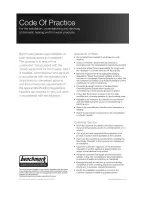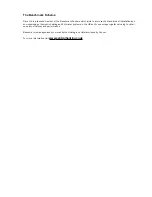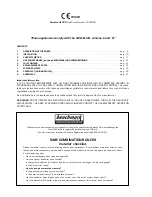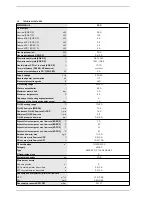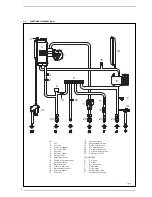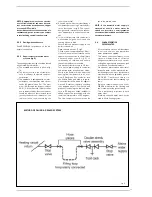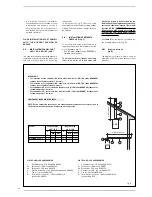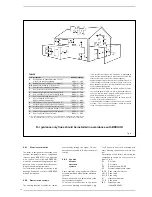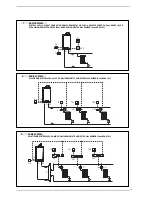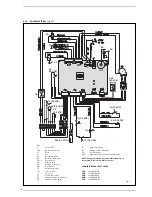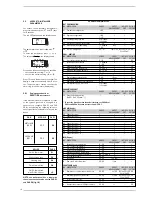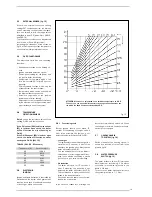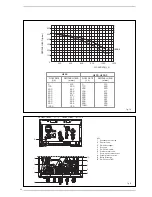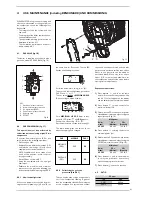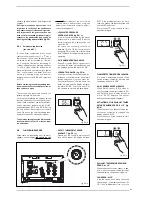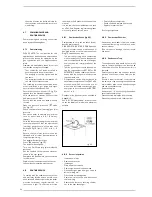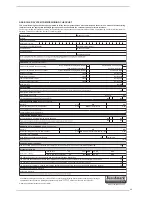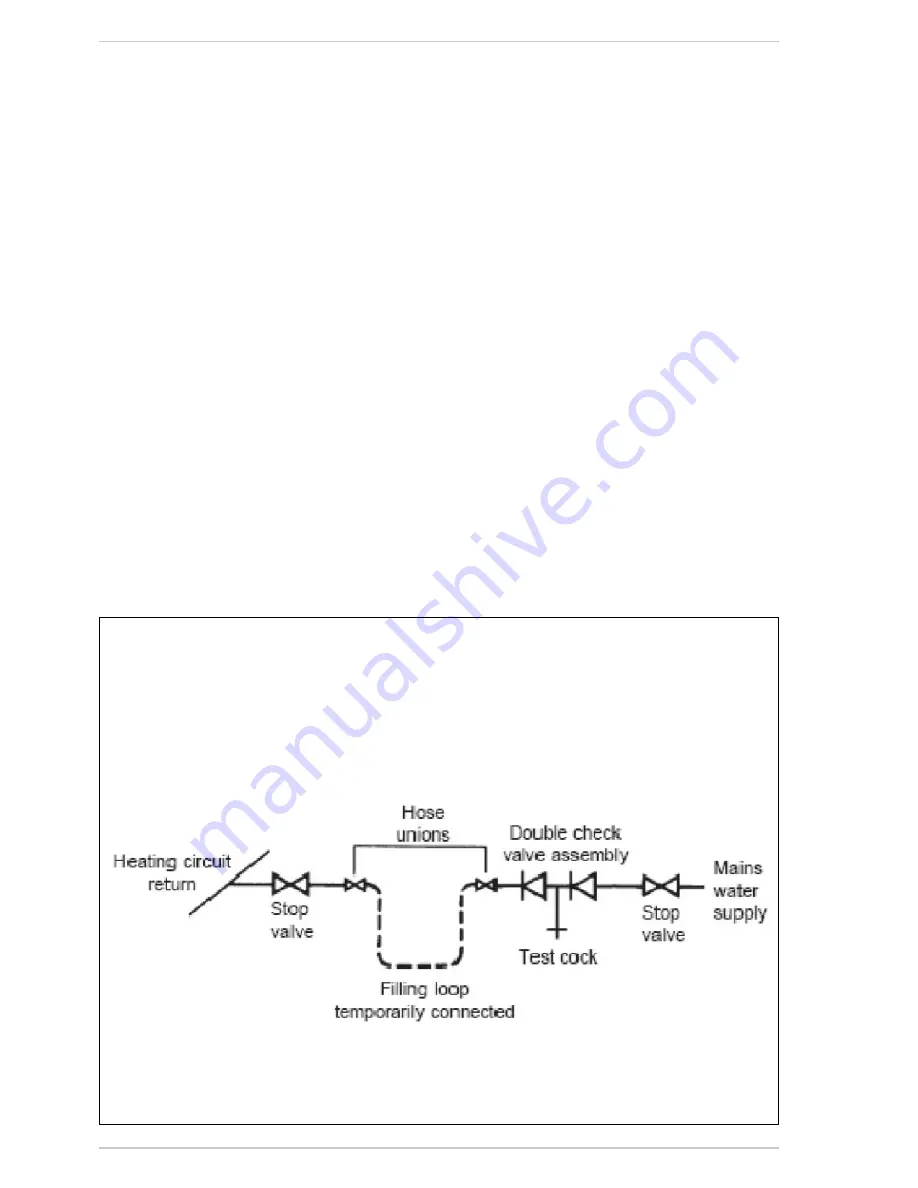
NOTE: All pipework must have a continu-
ous fall from the boiler and must be resis-
tant to corrosion by condensate, copper
or steel is NOT suitable.
It should be noted that the connection of a
condensate pipe to a drain may be subject
to local building control requirements.
2.3.2
Dealing with condensate
See APPENDIX A for guidance on the dis-
posal of condensate.
2.3.3
Requirements for sealed water
systems (fig. 5)
The heating system design should be based
on the following information:
a) The available pump head is given in fig.
14.
b) The burner starts if the system pres-
sure is sufficient to operate the pres-
sure switch.
c) The appliance is equipped with an inter-
nal by-pass that operates with system
heads (H) greater than 3 m. The maxi-
mum flow through the by-pass is about
300 l/h. If thermostatic radiator valves
are to be installed, at least one radiator
should be without a thermostatic valve
(usually the bathroom radiator or the
radiator in the room containing the
room thermostat).
d) A sealed system must only be filled by a
competent person using a method simi-
lar to that shown in fig. 5. The system
design should incorporate the connec-
tions appropriate to one of these meth-
ods.
e) It is most important that the boiler is
not allowed to ignite until it and the
heating system is filled.
Ensure that the electrical supply to the
boiler is turned off.
Open the auto air vent, 17 fig 3.
Fill the system to approximately 1.5 bar.
Use the manual air vent located on the
uppermost connection to the primary
heat exchanger (it em 8 f ig. 3) t o
release any air retained, and ensure
that all the radiators are vented.
Top up the system pressure to 1.5 bar.
Turn on the power supply to the boiler
and put the boiler in the Summer mode.
While in the Summer mode, adjust the
heating flow temperature to its mini-
mum 20 degrees. Put the boiler into
the Winter mode and allow it to ignite.
Run the boiler in this mode for approxi-
mately 30 minutes, regularly checking
that trapped any air is released. and
gradually increasing the flow tempera-
ture to 60 degrees. When inhibitor is
added repeat this procedure with the
initial flow temperature at 20 degrees.
The flow temperature should then be
set to the desired value.
NOTE: If the domestic water supply is
metered, or should a water meter be
added at a later time, a small expansion
vessel should be included on the Domestic
hot water pipework.
2.4
CHARACTERISTICS
OF FEEDWATER
– All recirculatory systems will be subject
to corrosion unless an appropriate
water treatment is applied.
This means that the efficiency of the
system will deteriorate as corrosion
sludge accumulates within the system,
risking damage to pump and valves, boil-
er noise and circulation problems.
– For optimum performance after instal-
lation this boiler and its associated cen-
tral heating system must be flushed in
accordance with the guidelines given in
BS 7593 “Tr eatment of wat er in
domestic hot water central heating sys-
tems”.
Sime Ltd recommend only the use of
FERNOX products for the flushing and
final treatment of the system water.
This is particularly important in hard
water areas.
Artificially softened water must not be
used to fill the heating system.
11
METHOD OF FILLING A SEALED SYSTEM
Fig. 5



